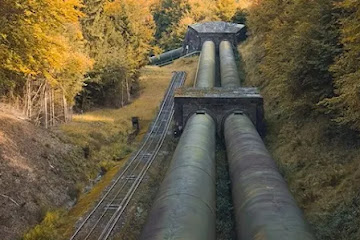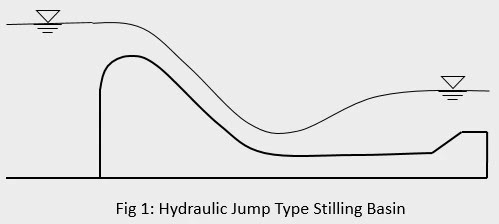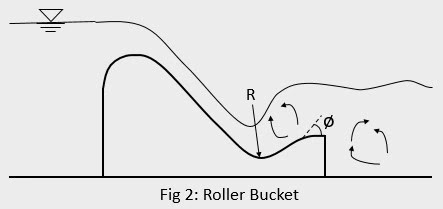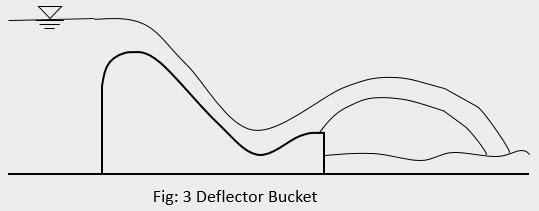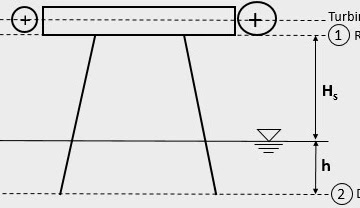Simulation
Simulation is the process of designing a model of a system and conducting experiments with it for understanding the behavior of the system and for evaluating the various strategies for its operation. A simulation model can be physical, analog or mathematical. The vehicle used to solve the mathematical model is commonly a computer. While performing a simulation using computers, the first step is to prepare a simulation model within a specific computer software. The simulation model should exactly replicate the real world problem. Then, known input parameters are fed to the simulation software as boundary conditions. And, the final step includes running the simulation model using the simulation software in which fundamental mathematical equations that govern the given problem are solved using computer resources. Different techniques like finite element method (FEM), finite difference method (FDM), finite volume method (FVM) etc are used to solve the fundamental governing equations. The advantages of computer simulation over a physical modelling are as follows:
- A physical model is a time consuming and costly affair.
- Complexities may arise in physical modeling if it is required to evaluate the alternative configurations and sizes of the facility.
Optimization
Optimization is the process of finding a best solution from a number of possible alternatives. The optimization method finds a set of decision variable such that the objective function is optimized. Optimization techniques are used to find optimal or near-optimal solutions to complex problems where exhaustive search is not practical. The objective could be to minimize cost, maximize profit, proper utilization of resources etc.
Applications of Simulation and Optimization Techniques in Water Resources Engineering
There are various simulations software available free of cost or in paid versions that can be used to simulate the problems in water resources engineering. And analyzing the results of such simulations, optimal solutions can be obtained. For example, simulation of water flow in rivers can be performed in HecRAS in order to understand the flow hydraulics in natural streams, simulation of water hammer effect can be performed in a software named Hammer, three dimensional sediment laden flow simulation can be performed in Flow3D, the rock fall simulation can be performed in a software called RocFall by rocscience.


